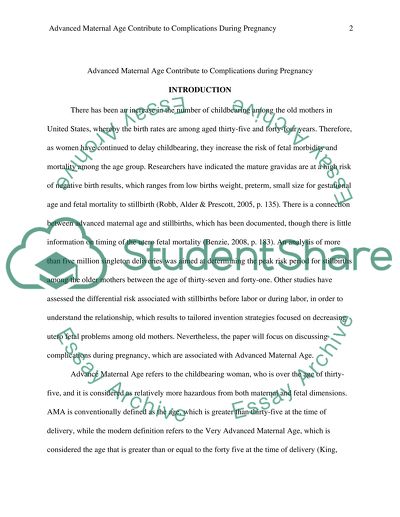Cite this document
(“Research Proposal- Does adavanced maternal age contribute to Paper”, n.d.)
Research Proposal- Does adavanced maternal age contribute to Paper. Retrieved from https://studentshare.org/nursing/1460050-research-proposal-does-adavanced-maternal-age
Research Proposal- Does adavanced maternal age contribute to Paper. Retrieved from https://studentshare.org/nursing/1460050-research-proposal-does-adavanced-maternal-age
(Research Proposal- Does Adavanced Maternal Age Contribute to Paper)
Research Proposal- Does Adavanced Maternal Age Contribute to Paper. https://studentshare.org/nursing/1460050-research-proposal-does-adavanced-maternal-age.
Research Proposal- Does Adavanced Maternal Age Contribute to Paper. https://studentshare.org/nursing/1460050-research-proposal-does-adavanced-maternal-age.
“Research Proposal- Does Adavanced Maternal Age Contribute to Paper”, n.d. https://studentshare.org/nursing/1460050-research-proposal-does-adavanced-maternal-age.


